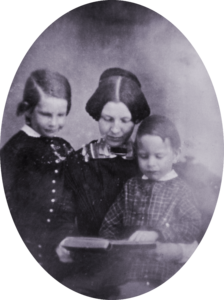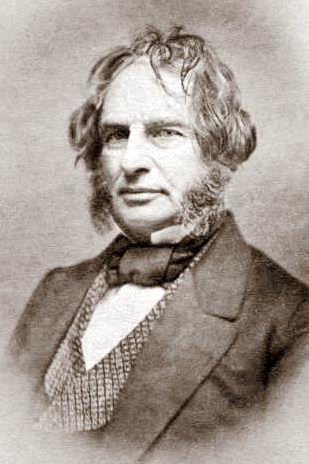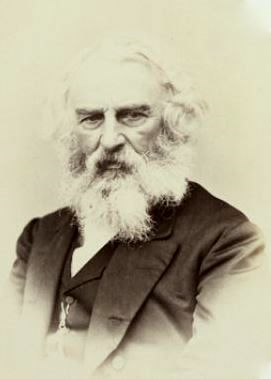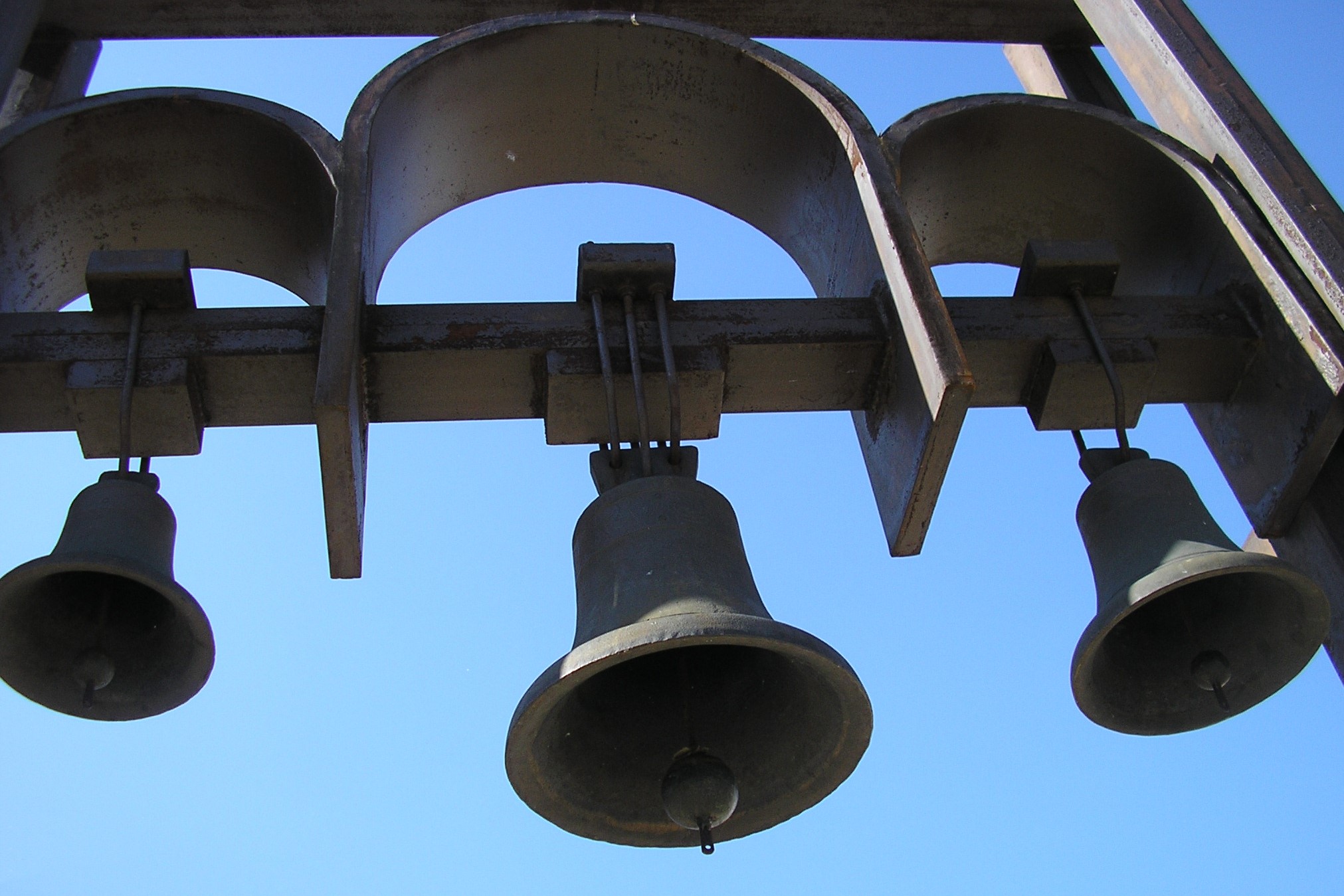It’s the eve of Christmas Eve, and I’m happily lost in the rewrites for my current book, The King’s Messenger (due out in August in the UK and in the spring of 2025 everywhere else), and my own space is a warm little haven of lights and the spiced scents of baking and tangles of ribbon and paper and bows from the gifts I’m still wrapping.
But I’m more aware than usual this year of all the war and pain and conflict in the world, and of the hatred and intolerance that always seems to overpower our attempts to overcome it, throughout history.
These past few weeks, I’ve been thinking of this post I wrote in 2016 for The Word Wenches, and how its message still resonates with me. So I thought I would share it with you here, in case it resonates with you, too:
*****
For me, Christmas comes with a soundtrack of carols and songs that have woven their way through the years of my life into my heart and memory.
I hear “No Golden Carriage, No Bright Toy” by Gilbert M. Martin, and I’m a young child again, watching my parents’ choir lift up their voices. “The Holly and the Ivy” takes me straight back to my grandparents’ cozy den, with my sister playing on the old pump organ while I turn the pages for her. And Sarah McLachlan’s haunting “Wintersong” always helps me navigate the hollow places that my sister’s death has left in all our family celebrations.
There are so many songs that are part of my Christmas, but this year the one that’s been stuck in my head is an old one, with words from a poem by Longfellow.
I heard the bells on Christmas Day
Their old familiar carols play,
And wild and sweet
The words repeat
Of peace on earth, good-will to men!
Henry Wadsworth Longfellow lost his first wife, Mary, young, when she died during a miscarriage. After years on his own, he remarried and found happiness with his second wife, Fanny, whom he adored, and the children that soon filled their house ̶ a happiness marred only by the death of one of their young daughters.

(Fanny Appleton Longfellow with two of their sons ca 1849. Photo at Longfellow National Historic Site)

(Longfellow at roughly the same time, in the 1850s. NYPL)
Then came the attack on Fort Sumter in April, 1861. “We are in the beginning of a civil war. A very bitter thought!” wrote Longfellow. “When the times have such a gunpowder flavor, all literature loses its taste. Newspapers are the only reading…The days come and go, with a trouble in the air, and in the hearts of men.”
And in despair I bowed my head;
“There is no peace on earth,” I said;
“For hate is strong,
And mocks the song
Of peace on earth, good-will to men!”
A few months later, on July 9, 1861, in a tragic accident, his wife’s dress caught fire. Longfellow tried desperately to put the flames out, even using his own body, but she died from her burns.
Injured himself from his efforts to save her (he later grew a beard to hide his facial scars), he passed the next months in a grief so deep he described himself to a friend as “to the eyes of others, outwardly, calm; but inwardly bleeding to death.”
That first Christmas, as a widower with children, must have been incredibly difficult. On December 25, 1861, he wrote in his journal: “How inexpressibly sad are all holidays! But the dear little girls had their Christmas-tree last night; and an unseen presence blessed the scene.”
Two years later, on a stormy December 1, 1863, Longfellow’s dinner was interrupted by a telegram from Washington telling him his son Charles, a cavalry lieutenant fighting with the Union army, had been “severely wounded”. Knowing no more than this, he raced to Washington and waited anxiously for his son to be sent up from Alexandria with the other wounded officers.
When Charles finally arrived in Washington on December 5, Longfellow learned his son had been shot through both shoulders, “an Enfield ball entering under the left shoulder-blade and passing directly through the back, taking off one of the spinal processes and passing under the right shoulder-blade.”
It was a serious wound, with a risk of paralysis, but Longfellow brought his son home and the young officer slowly recovered. By December 28 of that year, the poet wrote to a friend: “He comes down to my study every day, and is propped up with [a pillow] in a great chair. How brave these boys are! Not a single murmur or complaint, though he has a wound in him a foot long.”
The war, of course, continued, as did Longfellow’s losses. The following May brought the illness and death of his good friend Nathaniel Hawthorne.
Yet, in spite of it all, at the end of May, 1864, Longfellow wrote to a friend, “I am full of faith, hope, and good heart!”
And those feelings shine through in the poem he put down on paper that Christmas.
Then pealed the bells more loud and deep:
“God is not dead; nor doth he sleep!
The Wrong shall fail,
The Right prevail,
With peace on earth, good-will to men!”
He titled the poem, “Christmas Bells”, and two of its original seven verses directly referenced the Civil War that was ̶ although he did not know it then ̶ about to end.

(Longfellow, photographed between 1861 & 1864, by George Kendall Warren. Public domain via Wikimedia Commons)
Nor did he know that, eight years later, a church organist in London’s Camden Town ̶ John Baptiste Calkin ̶ would set that Christmas poem to music, and create a poignant and enduring carol.
It’s a carol that has resonated deeply with me this year, more than most, because I’ve needed its reminder that, when hate seems to be everywhere, it still can be undone by hope and faith.
What songs and music are a part of your own holidays?
(The image at the head of this post, by the way, is simply titled “Bells” and is free photo 2636814 © Indos82 at Dreamstime.com)




What a beautiful blog that truly does reflect all that is happening in this world. I pray we all will be filled with the hope and faith that we will overcome the darkness.
A child of the 1950’s and 60’s, I loved the happy, cheerful songs of The Ray Coniff Singers and The New Cristy Minstrels, however, “The Secret of Christmas” by Bing Crosby moves me now as then. A crooner known for “White Christmas,” I believe this carol resonates “all year through.”
I just read the book “Christmas Bells” by Jennifer Chiaverini about this very story of Henry Wadsworth Longfellow!
It was a great christmas read and a sweet reminder that truth will prevail. It always does.
What a beautiful story and perfect for the season. Thank you so much for sharing this.
Thank you – A beautiful blog indeed. And yes, I’ve been thinking of that song, “I heard the bells on Christmas Day” quite a bit this year too, with all the hatred and fighting going on, and remembering that people despaired of the future of humanity in times past too. I also like the hopeful lyrics of various Christmas songs, like Jewel’s Hands (Xmas version). Hopeful is good! Anyway, thank you for the news on your book -almost worth travelling to UK in August to get it early 🙂 Looking forward to it.